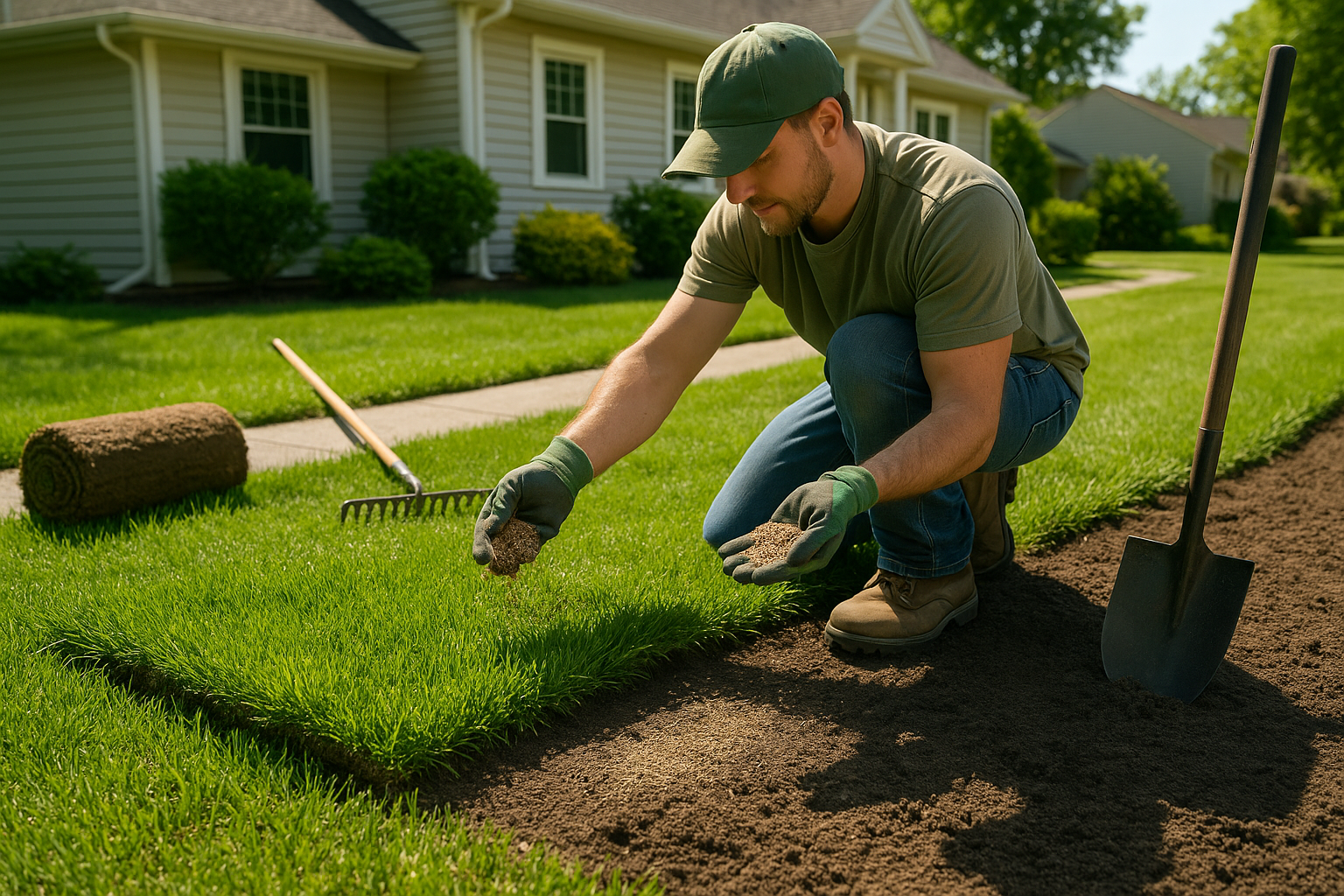
Covers sod vs seed for lawns, installation tips, and turf longevity for Long Island.
Deciding between sod and seed: pros, cons, and ideal uses in Long Island Establishing your new lawn: preparation, installation, and watering Maintaining your new grass: fertilizing, mowing, and troubleshooting tips
Deciding between installing sod or sowing grass seed is a major landscaping choice for Long Island homeowners and property managers. Each method comes with its advantages, technical requirements, and cost considerations. Sod delivers instant green results and quick erosion control, ideally suited to urgent scenarios or heavy-traffic zones. However, it demands higher installation costs and precision in soil contact to root properly. Seed offers flexibility for large or irregular spaces, lower initial costs, and a wider selection of grass blends adapted to local conditions. The tradeoff is a longer establishment period, with vulnerability to weeds and soil erosion until roots develop. Consider local climate—Long Island supports cool-season grasses such as Kentucky bluegrass, fine fescue, and perennial rye, all available in sod or seed. Review project goals, timeline, and budget: where immediate curb appeal is critical or slopes risk runoff, sod may win; for expansive or specialty lawns, seed can deliver quality at scale. Practical insights: choosing between seed and sod and sod vs seed comparison.
Key steps for optimal installation, watering, and initial care Long-term maintenance strategies for resilient, lush turf Choosing seed, sod, or both for your Long Island lawn
Establishing a healthy, vigorous lawn in Long Island starts with proper installation and immediate aftercare. Success depends on soil prep, moisture, timing, and familiarity with the regional climate. Whether rolling out fresh sod or sowing premium grass seed, begin by removing existing weeds, thatch, and debris, and amend sandy or clay-heavy soils with compost to improve water retention and drainage. Test soil pH and adjust with lime if needed. Lay sod in a staggered brick pattern, tightly butted to prevent gaps, or spread seed evenly across the surface, lightly raking in for good seed-to-soil contact. Immediately after installation, water thoroughly—until moisture penetrates the root zone—to encourage deep establishment. For both methods, maintain consistent, light moisture (not pooling) for the first 3–4 weeks, avoiding foot traffic. Watch for signs of wilting or dry patches and adjust irrigation accordingly. More tips: this guide to planting grass seed and how to lay sod step by step.
Choosing seed, sod, or both for your Long Island lawn Key steps for optimal installation, watering, and initial care Long-term maintenance strategies for resilient, lush turf
Long-term success with new sod or seed depends on informed ongoing care. Approximately 3–4 weeks after installation, reduce watering frequency and increase volume—this encourages roots to grow deeper and improves overall resilience, especially during Long Island’s dry summer spells. Fertilize with a balanced blend 6–8 weeks after planting to support rapid root and blade development, then adopt a seasonal feeding regimen: high nitrogen in spring, balanced in mid-summer, and a winterizer in autumn. Mow regularly but never remove more than one-third of leaf height at a time; sharpen mower blades for a clean cut to avoid stress and disease. Mulch with clippings to retain moisture and supply nutrients. Monitor for common pests like grubs and fungal disease after heavy rain. For advice on troubleshooting, see this expert advice and this sod installation resource.



